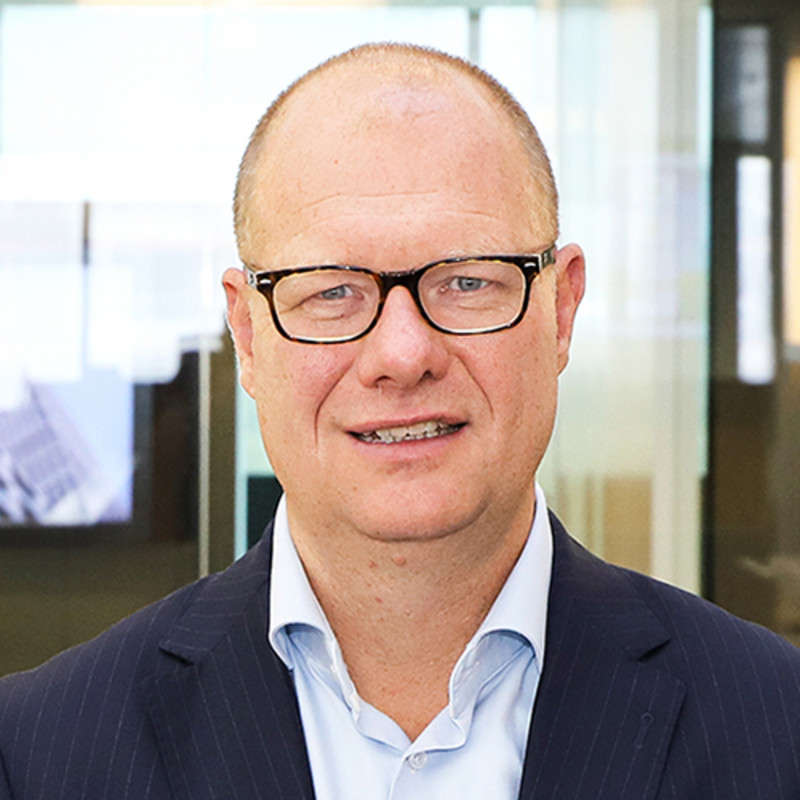Key points
- Concentrated portfolio
- Focuses on cash generative companies with a high return on invested capital and strong sustainabiltiy credentials
- Applies a disciplined approach to valuing companies
About this fund
Robeco Global Stars Equities is an actively managed sub-fund that invests in stocks in developed countries across the world. The selection of these stocks is based on fundamental analysis.The Sub-fund's objective is to achieve a better return than the index. The Sub-fund has a concentrated portfolio of stocks with the highest potential growth which are selected on the basis of high free cash flow, an attractive return on invested capital and a constructive sustainability profile. The Sub-fund aims at selecting stocks with relatively low environmental footprints compared to stocks with high environmental footprints.
Key facts
| Total size of fund | USD 2,470,933,523 |
| Size of share class | USD 191,975,816 |
| Inception date share class | 26-11-2019 |
| 1-year performance | 11.60% |
| Dividend paying | No |
Fund manager
 Michiel Plakman CFA
Michiel Plakman CFA Chris Berkouwer
Chris Berkouwer Yanxin Liu
Yanxin Liu



